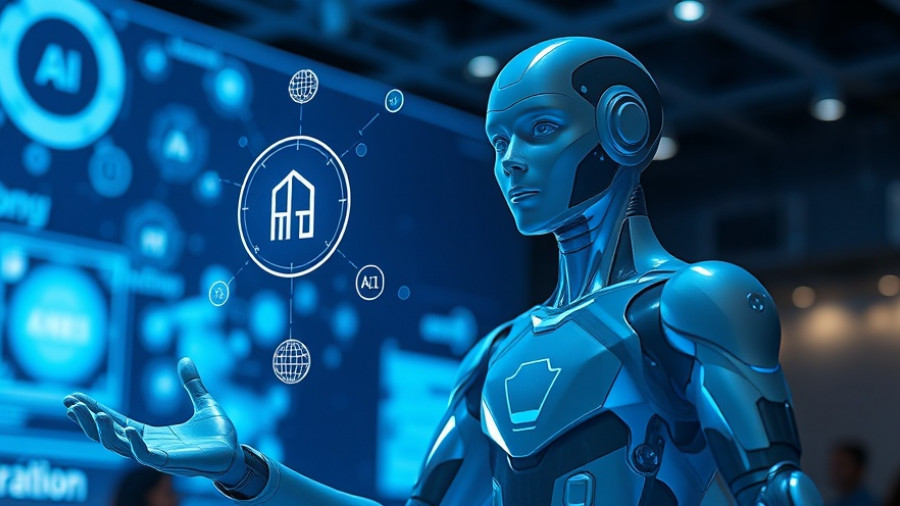
From Exoplanets to Ancient Cities: Exploring AI's Groundbreaking Discoveries
Artificial Intelligence (AI) is not just revolutionizing industries; it's redefining our understanding of the universe, life, and even history. In Top 15 New Breakthroughs FOUND By AI, a fascinating examination of how AI is reshaping fields such as science, medicine, and environmental studies reveals incredible advancements that R&D directors, tech investors, and innovation executives should pay close attention to.
In Top 15 New Breakthroughs FOUND By AI, the significant advancements made possible by AI in various fields are explored, prompting a deeper analysis of their implications for the future.
AI's Role in Unearthing Cosmic and Cellular Mysteries
One of the most thrilling breakthroughs includes AI's ability to discover new exoplanet candidates. By analyzing vast amounts of data from NASA's TESS and the James Webb Space Telescope, AI has flagged dozens of potential new worlds, many positioned within the habitable zone, proving that machines can detect signals beyond human observation.
Additionally, AI's role extends to the complexity of life itself. DeepMind's Alphafold 3 represents a significant leap in our understanding of molecular interactions, predicting how proteins and DNA interact with near-atomic precision. This revolutionary tool accelerates scientific discovery, potentially speeding up drug development and understanding diseases.
Revolutionizing Healthcare and Environmental Insights
In medicine, AI is at the forefront of battling one of the greatest public health challenges: antibiotic resistance. By screening millions of chemical compounds, AI has identified new antibiotics capable of tackling resistant bacteria, propelling pharmaceutical innovations at an unprecedented pace.
Furthermore, AI's emerging influence in climate science through improved forecasting models like Graphcast empowers governments and organizations to prepare for natural disasters more effectively. These advancements indicate a tangible shift in how we predict climate phenomena, potentially safeguarding lives and property.
Decoding the Past and Advancing the Future
Perhaps one of the most poetic applications of AI is its ability to decode ancient texts and uncover lost cities through satellite imagery. By scanning thousands of images, AI has revealed city foundations buried by time, stretching as far back as 5,000 years. Understanding these hidden elements of our history can reshape our cultural narratives and geological insights.
For the audience of R&D directors, tech investors, and innovation executives, these discoveries not only highlight AI's far-reaching implications but also present opportunities to invest in transformative technologies that can reshape industries.
Call to Action: Embracing the AI Revolution
As we stand on the brink of what AI can achieve, it’s imperative for industry leaders to embrace these technological advancements. Investing in AI-driven projects could lead to innovations that redefine their sectors. Engage with AI’s potential today, and be part of the next monumental leap in science, healthcare, and exploration.
 Add Row
Add Row  Add
Add 




Write A Comment